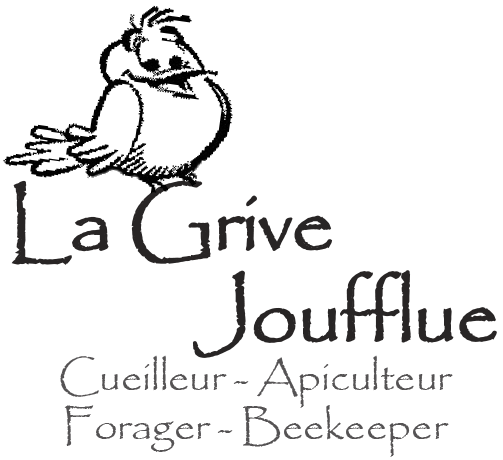Content
But that doesn’t take into account the longevity of the brand, the goodwill of consumers, or other critical issues. A third motivation for partnering is the goal of leveraging a business model and a company’s competencies through partnerships in order to acquire specific resources. A frequent form of resource acquisition is partnerships to conquer foreign markets. In 1992, Playboy, a famous magazine for men decided to set up a joint-venture with VIPress, a Polish press group, to launch its Polish edition (Dussauge and Garrette, 1999).
What are 5 examples of tangible and intangible forms of culture?
Buildings, monuments, landscapes, works of art, and artefacts are examples of tangible cultural heritage. Intangible cultural heritage includes folklore, customs, language, and natural heritage, including culturally significant landscapes and biodiversity also.
An intangible asset is a business asset that has no material substance, but it has value to its owner. For example, stocks and bond certificates represent a share of ownership and a DVD is an object containing a movie. After initial recognition, an entity usually measures an intangible asset at cost less accumulated amortisation. When a company has a positive brand equity, customers may be more willing to pay a high price for its products, even if they could get the same thing from a competitor for less. Some intangible property might have a paper embodiment, (such as stocks, bonds, or certificates) but other intangible property does not (intellectual property). Due to this characteristic, intangible property may be difficult to value, but is still a form of property.
Artistic-Related Intangible Assets
The guidance also notes that further subdivision may be appropriate in certain cases – for instance, where an entity holds licences with different functions within the business. Intangible assets used in different segments of the business may also be treated as separate classes of intangible intangible resource example assets. Where an intangible asset has been revalued, the amortisation charge should be based on the revalued amount and the remaining useful economic life of the asset. Amortisation charged before the revaluation took place should not be written back in the profit and loss account.
What are McDonald’s intangible resources?
McDonald's Intangible Assets Calculation
Intangible assets are defined as identifiable non-monetary assets that cannot be seen, touched or physically measured. Examples of intangible assets include trade secrets, copyrights, patents, trademarks.
Unidentifiable intangible assets are a type of intangible asset that can’t be bought or sold because they only exist in relation to the company. Unidentifiable intangible assets include reputation, client relationships, goodwill, and brand recognition. You can’t sell any of these; they’re difficult—if not impossible—to quantify, but they greatly contribute to the value of a company. Intangible assets add to a company’s possible future worth and can be much more valuable than its tangible assets. Goodwill refers to the value of certain favorable factors that a business possesses that allows it to generate a greater rate of return or profit. Such factors include superior management, a skilled workforce, quality products or service, great geographic location, and overall reputation.
Recording intangible assets
They are recorded on the balance sheet as Property, Plant, and Equipment (PP&E). They include assets such as trucks, machinery, office furniture, buildings, etc. The money that a company generates using tangible assets is recorded on the income https://www.bookstime.com/ statement as revenue. Intangible assets don’t physically exist, yet they have a monetary value because they represent potential revenue. The record company that owns the copyright would get paid a royalty each time the song is played.
Another way companies measure value is by taking amortization into account to determine how much the intangible asset is worth for the current year and future years. Finally, businesses can use cash flow projections to measure the future benefits the specific asset will bring to the business. An intangible asset can be classified specifically as definite or indefinite.
Intangible vs. Tangible Assets
LegalZoom provides access to independent attorneys and self-service tools. Use of our products and services are governed by our Terms of Use and Privacy Policy. Since it has a monetary value that the acquirer would pay to obtain it, it also gets its place in financial statements and books as a ‘customer list’. The customers’ list contains the list of buyers from a specific company who have had valuable relationships with them.
What are examples of intangible products?
Intangible products—travel, freight forwarding, insurance, repair, consulting, computer software, investment banking, brokerage, education, health care, accounting—can seldom be tried out, inspected, or tested in advance.
In the modern era of knowledge economy, the value of companies have shifted from the tangible assets of bricks and mortar to intangible assets such as patents, customer clients and brands. During the last few years, the brand value of Apple equaled a huge 80% of its market capitalization. « Companies will often provide a value via an expense booking for intangible assets that are required, » says Daniel Milan, managing partner at Cornerstone Financial Services. Intangible assets can be more challenging to value from an accounting standpoint. Some intangible assets have an initial purchase price, such as a patent or license. Similar to fixed assets, intangible assets are initially recorded on the balance sheet as long-term assets.
However, a recognizable brand name can still create significant value for a company. Investing in the quality of the product and a creative marketing plan can have a positive impact on the brand’s equity and the company’s overall viability. Let’s look at some of the most common types of intangible assets—notably brands, goodwill, and intellectual property.

The $1 billion asset would then be written off over a number of years via amortization. Indefinite life intangible assets, such as goodwill, are not amortized. Rather, these assets are assessed each year for impairment, which is when the carrying value exceeds the asset’s fair value.
